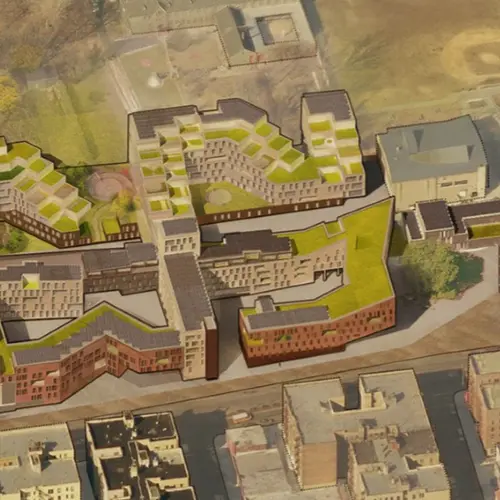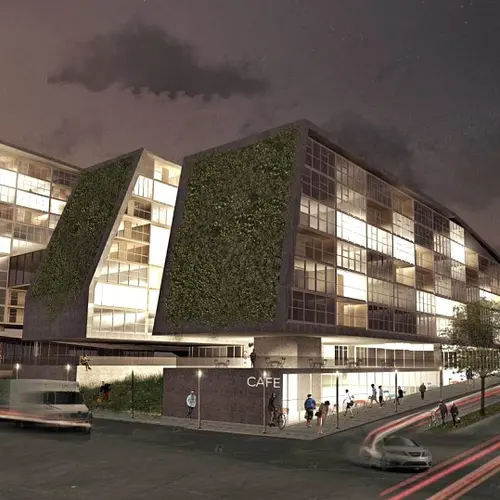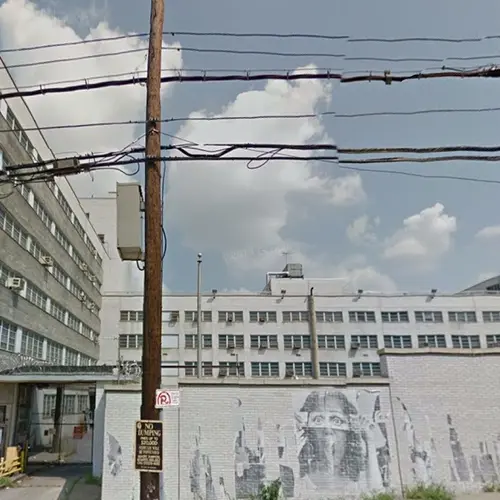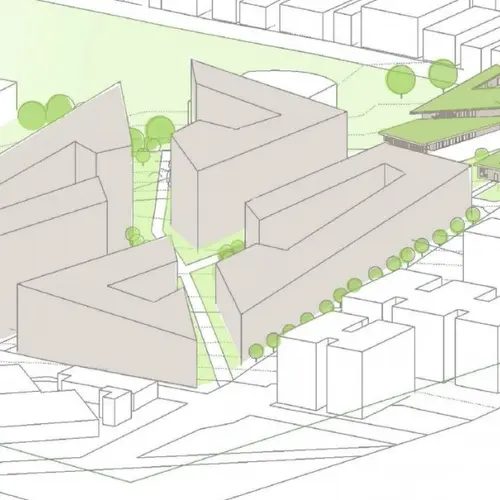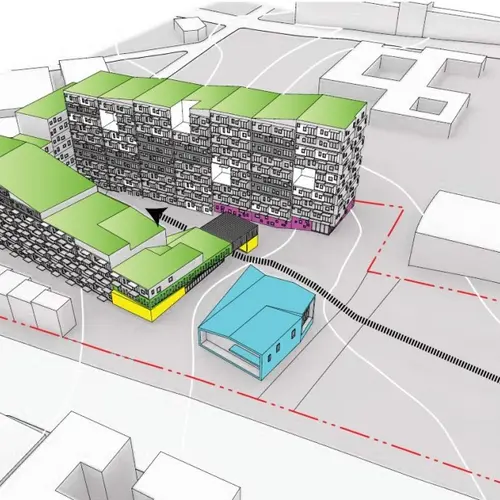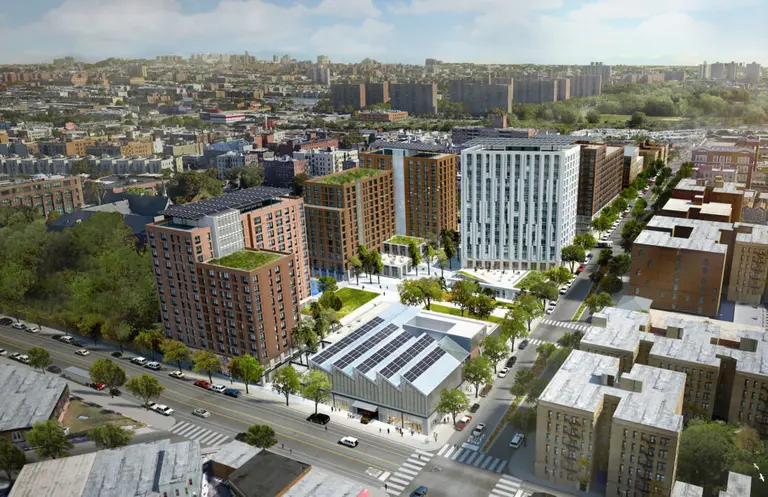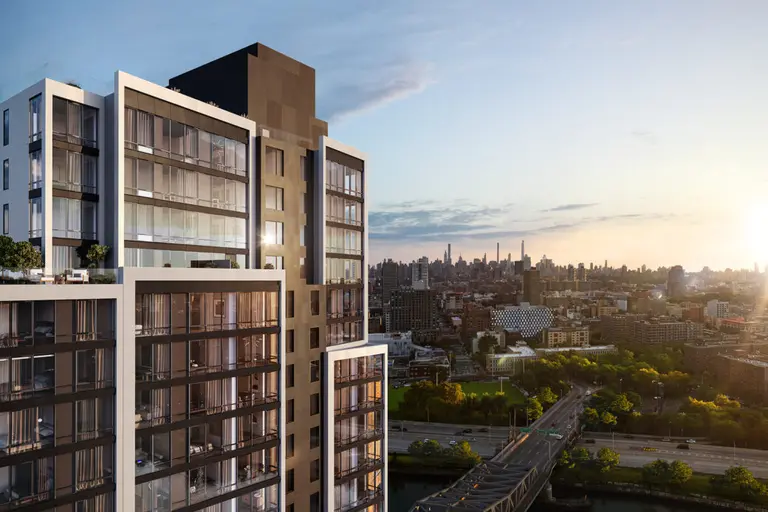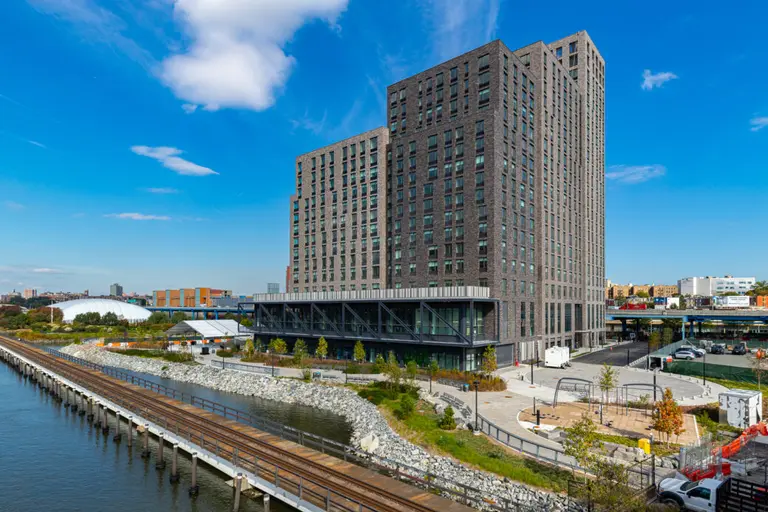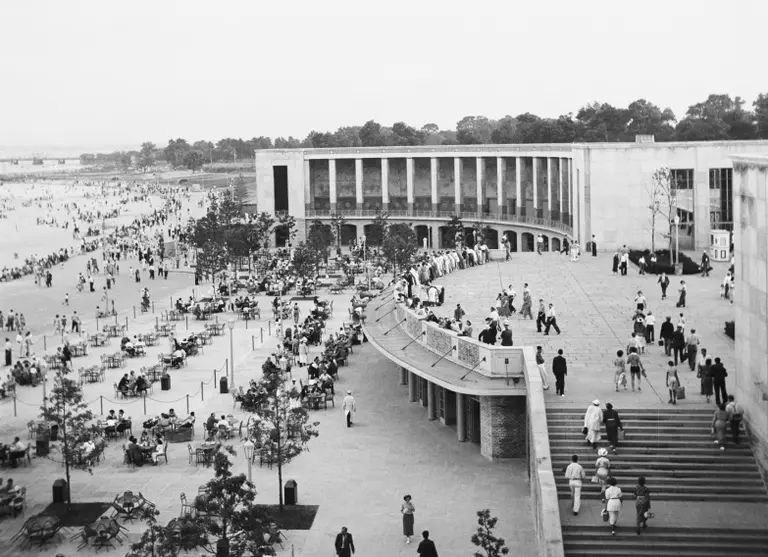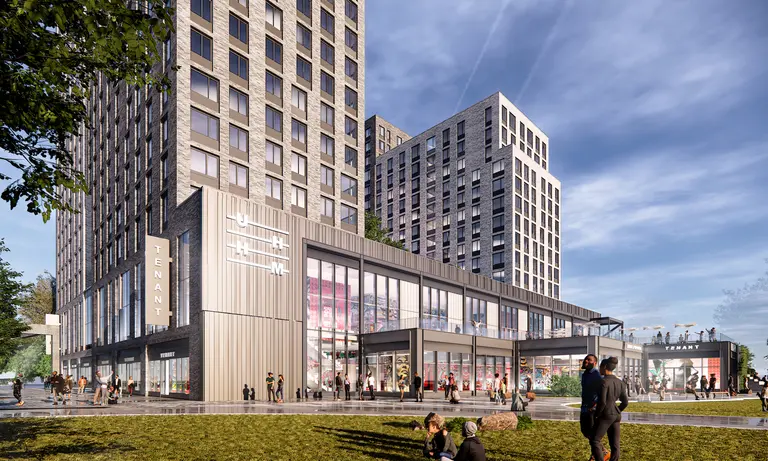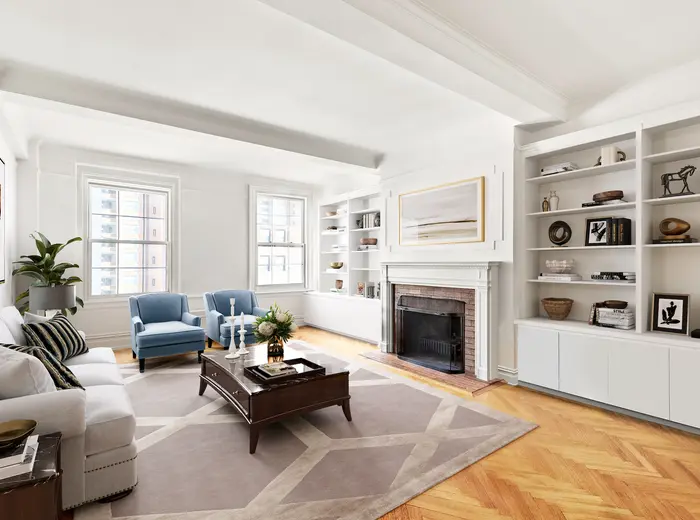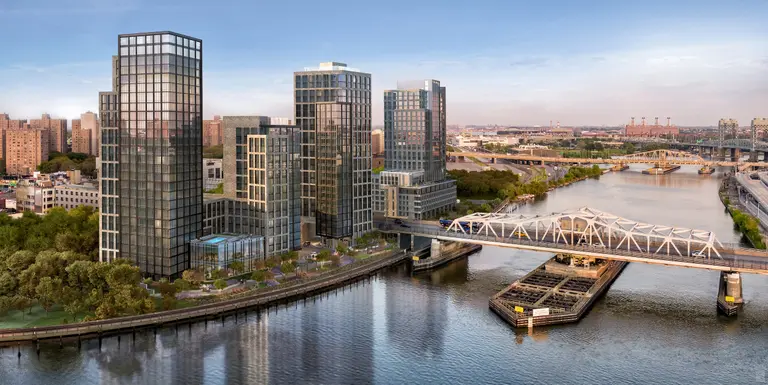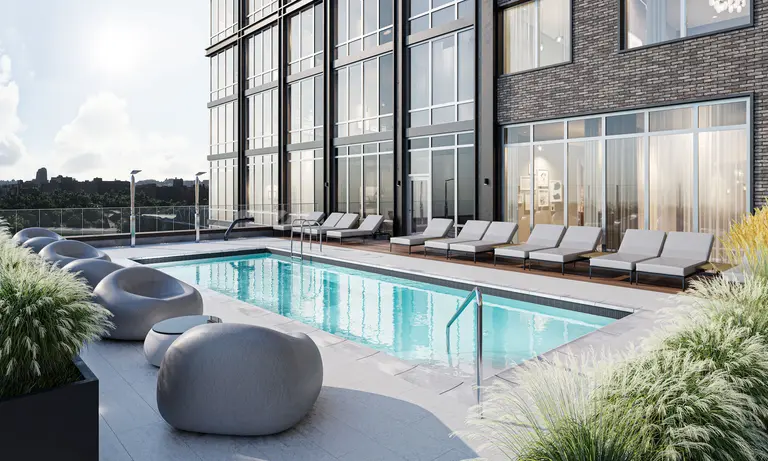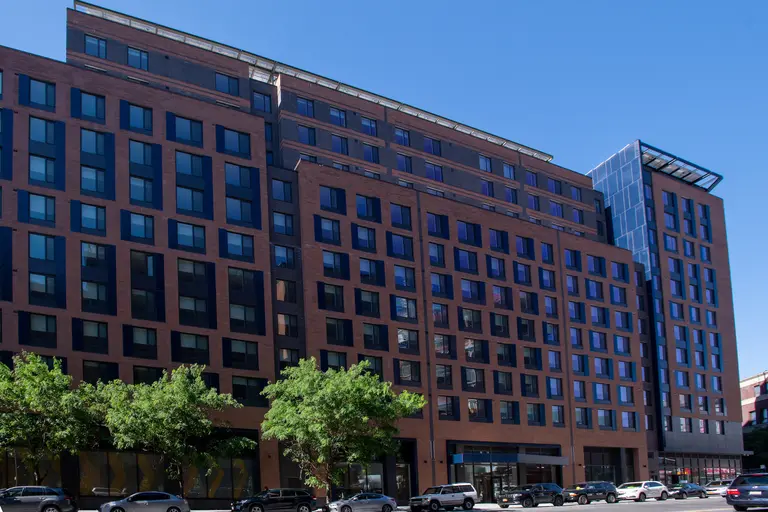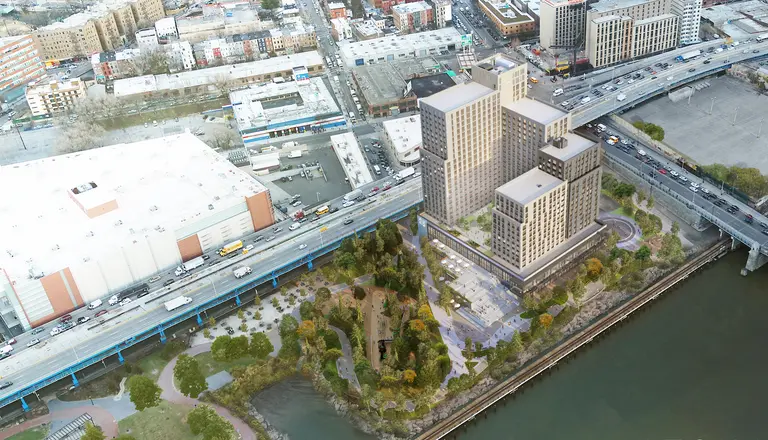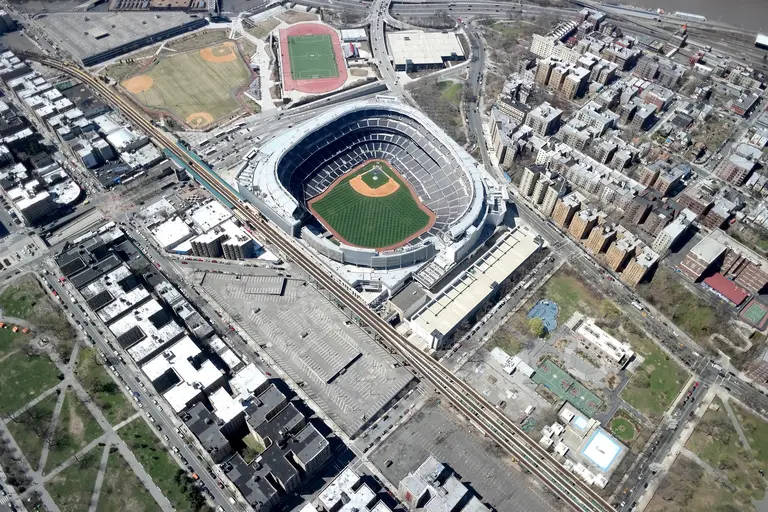Could Spofford Juvenile Center in Hunts Point Become Mixed-Income Housing? Majora Carter Thinks So.
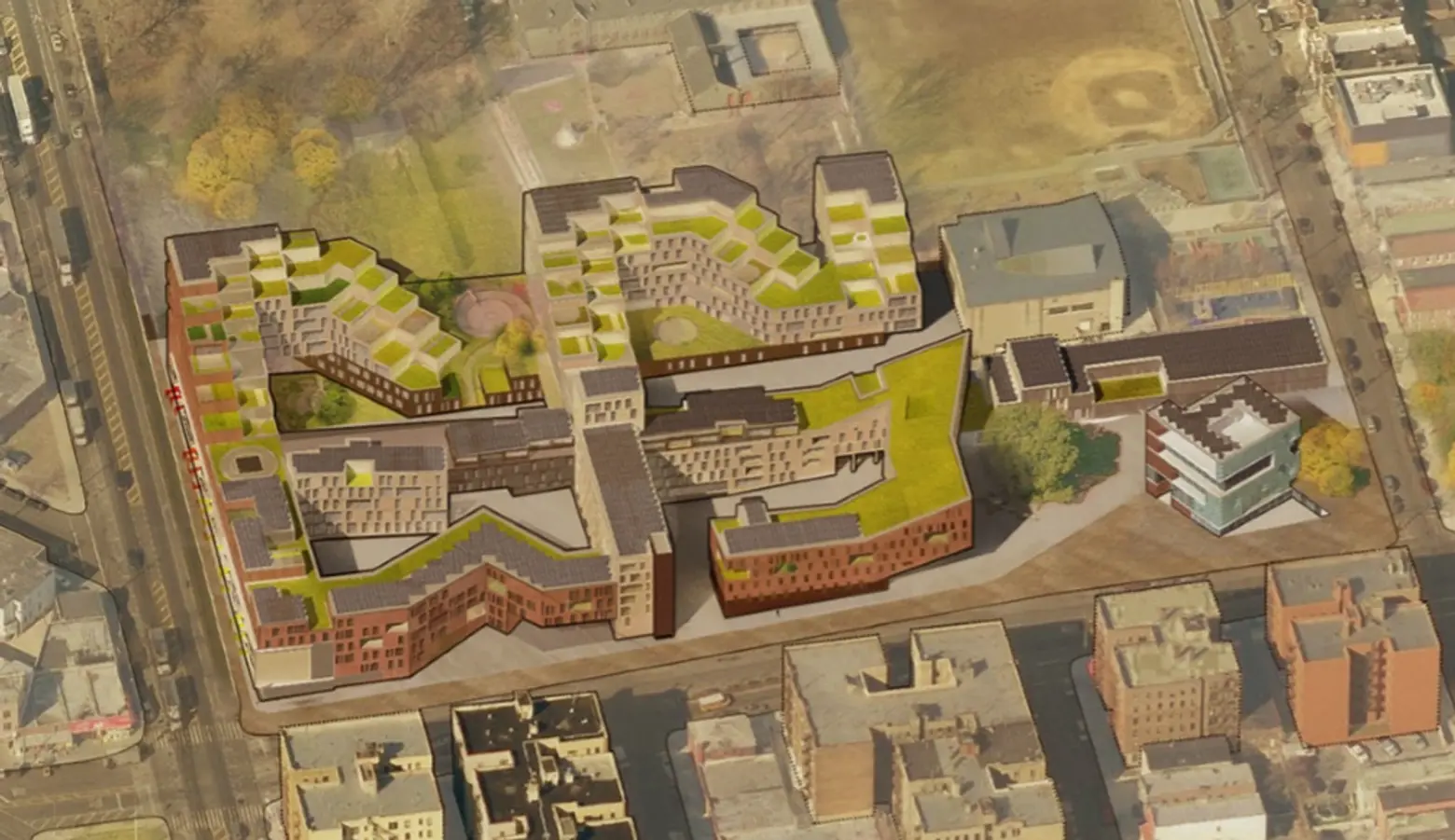
Tribeca has adaptively reused its former manufacturing lofts; Gowanus its factories; and Long Island City its bakeries. Now, Hunts Point might be added to the adaptive reuse list for its conversion of a former jail.
Urban revitalization strategist and public radio host Majora Carter is aiming to transform the Spofford Juvenile Center into a combination of mixed-income housing, open space, and economic development, a formula she feels would appeal to the neighborhood.
The Spofford Juvenile Center (also known as the Bridges Juvenile Center) was built in 1957 and quickly became notorious for its poor conditions and brutal incarceration of children from all over the city. The Daily News described it as a “vermin-infested detention center on Spofford Ave. [that] held about 100 youth in dark cells with no air conditioning.” After years of appeals made by neighborhood activists and local politicians, the center was closed for good in 2011.
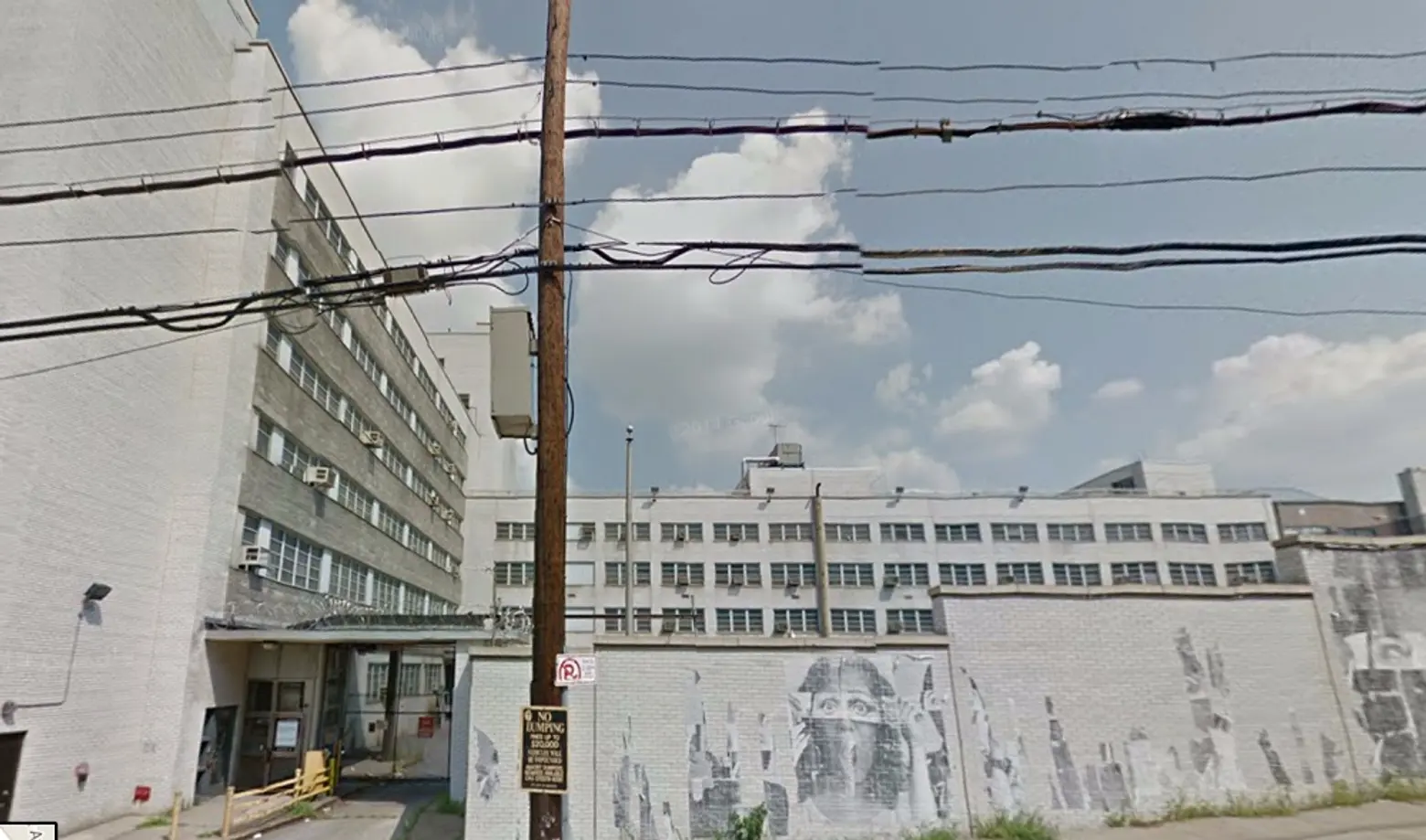 A current Google Street View of the Spofford Juvenile Center
A current Google Street View of the Spofford Juvenile Center
Now, Majora Carter, whose father worked at the building as a janitor in the 1960’s and 70’s, has big plans for the site. “My dream for Spofford Juvenile Detention Center is to counteract what its history was,” she told NY1. And if her name sounds familiar to you, it’s probably because she got the ball rolling on the development of Hunts Point Riverside Park and served as Executive Director of Sustainable South Bronx for seven years. She now operates the Majora Carter Group, a consulting company that works on sustainable developments.
The Majora Carter Group previously worked with architects Perkins Eastman on the Spofford idea, but the transition from Mayor Bloomberg to de Blasio left the project in flux. Carter believes that the property, which is now owned by NYC’s Administration for Children’s Services, would have to be transferred to the Department of Housing Preservation & Development (HPD) before redevelopment could occur.
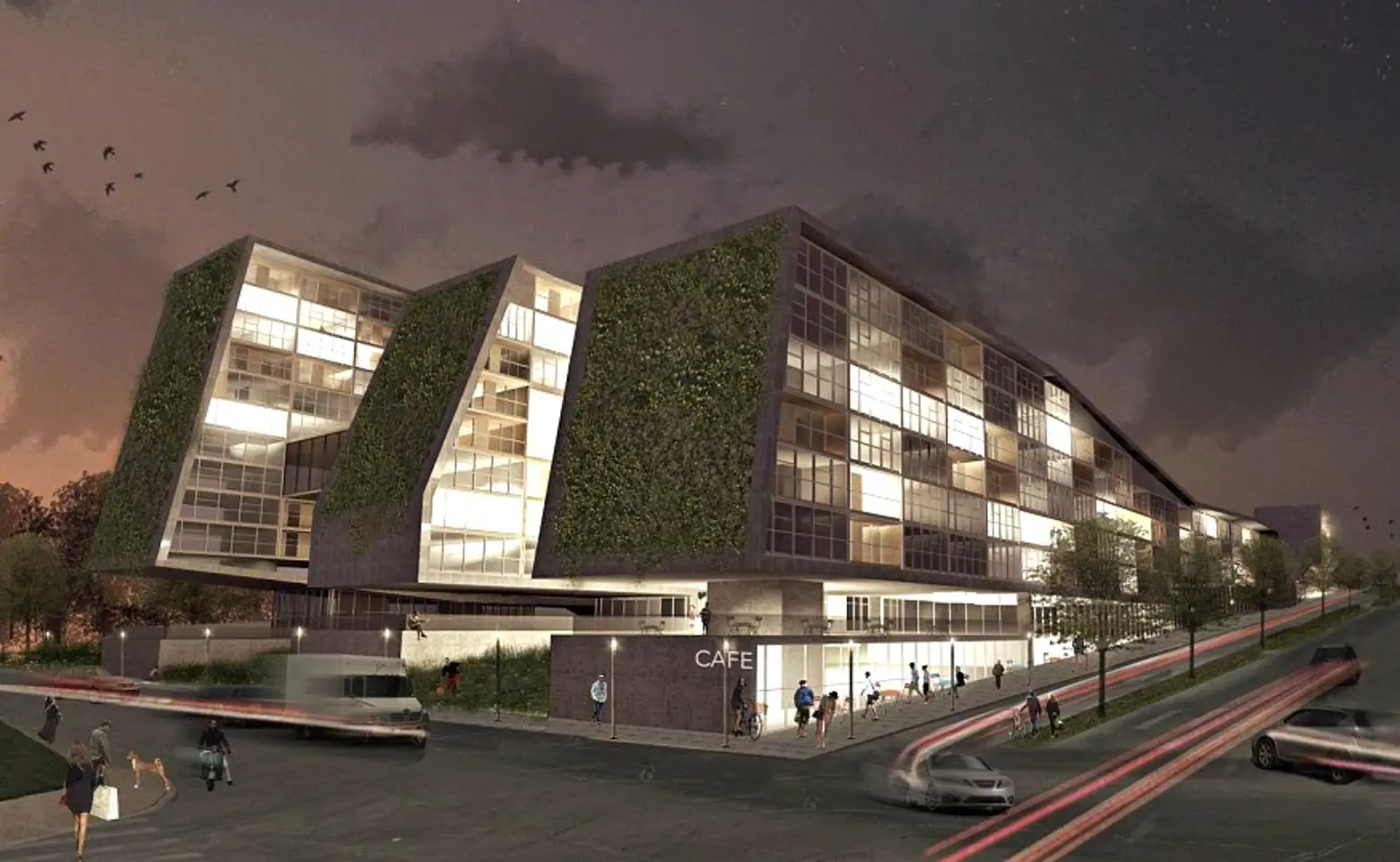 Green Giant, the second-place design by Guillaume Beaudet-Riel, Luc-Oliver Daigle, and Sarah Landr, courtesy of AutoDesk
Green Giant, the second-place design by Guillaume Beaudet-Riel, Luc-Oliver Daigle, and Sarah Landr, courtesy of AutoDesk
Though no official transfer has been confirmed, Carter has teamed up with design company AutoDesk, and they are working with architecture students to come up with environmentally friendly ideas for the development. This past spring, winners of their Transformation 2030 design competition were announced and on September 16th they were displayed for the community at Carter’s tech incubator StartUp Box (you can see all the winning designs here). Currently, the group is prepping for an Open Ideas competition, and an environmental assessment of the site is underway.
[Via Next City]
Lead Image: Hunts Point Revival, the winning design by Maksym Rokhmaniiko, courtesy of AutoDesk; Photo of Majora Carter courtesy of the Majora Carter Group

